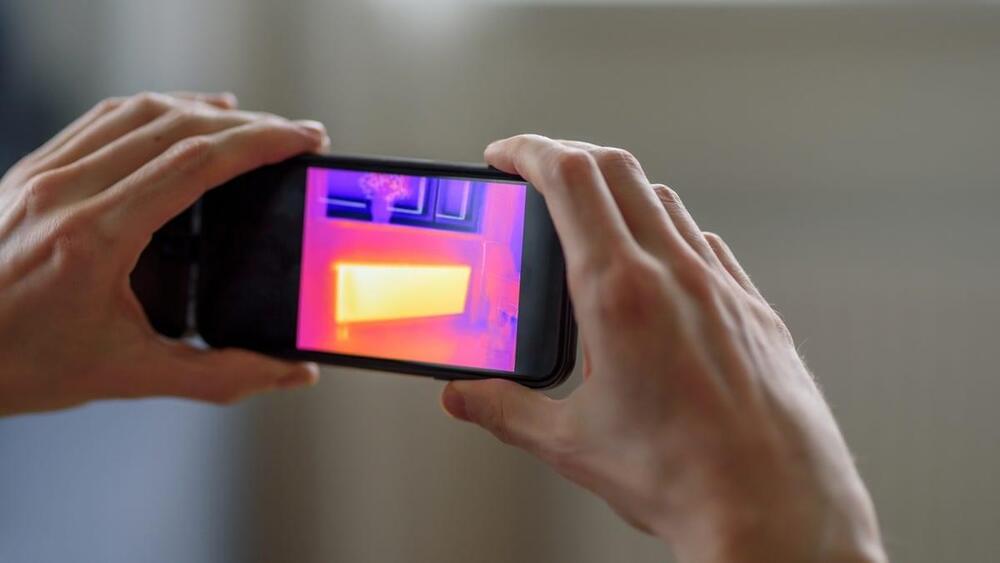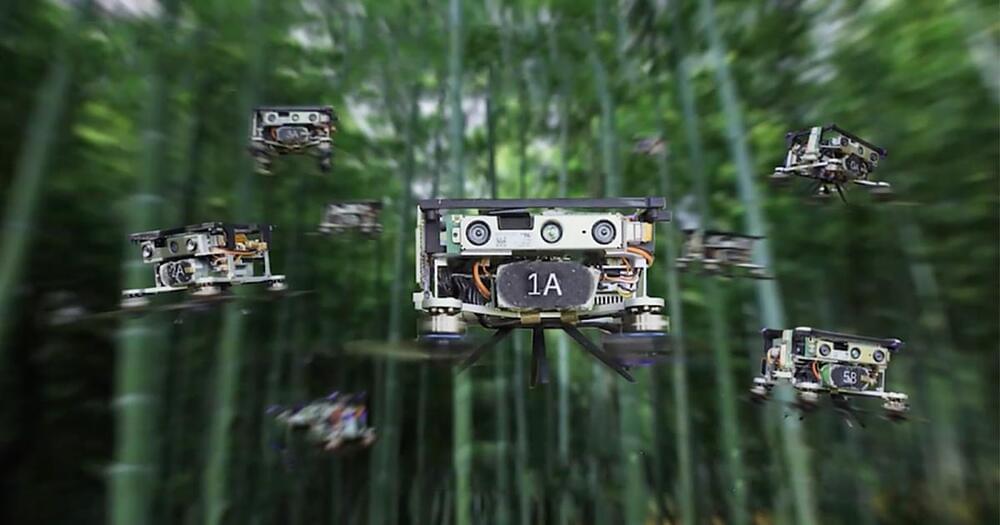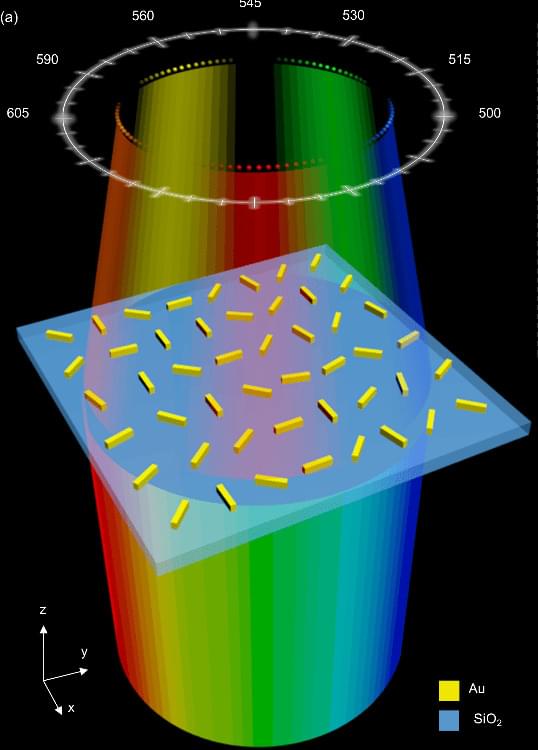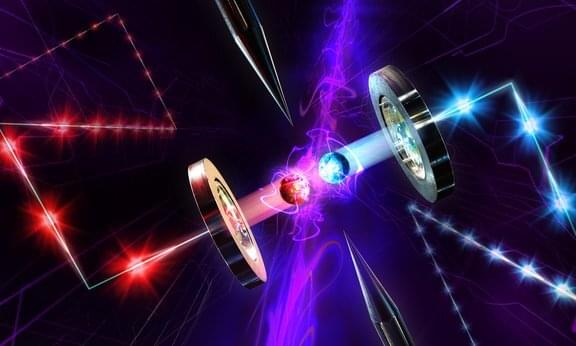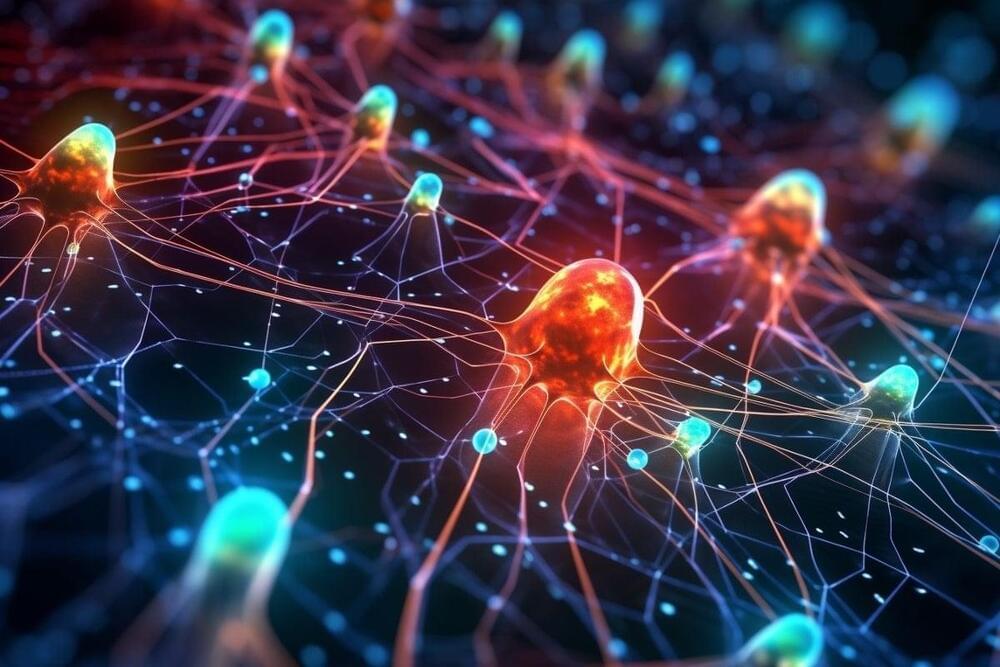
A former executive of Samsung Electronics stole the juggernaut’s confidential semiconductor data to build a copycat chip facility in China, South Korean prosecutors alleged on Monday.
The 65-year-old defendant, who also previously worked for Korean chipmaker SK Hynix, has been arrested. He has been accused of violating industrial technology protection laws and stealing trade secrets from 2018 to 2019 to establish a copy of Samsung’s semiconductor plant, just 1.5 kilometers away from Samsung chip factory in Xi’an, China.
The ex-Samsung exec’s attempt to build the copycat chip plant allegedly fell through after his backer, purportedly an undisclosed Taiwanese company, canceled more than a $6 billion (approximately 8 trillion won) investment into the project, prosecutors said. Instead, he received capital from investors in China and Taiwan to produce trial chip products based on Samsung’s technology.


